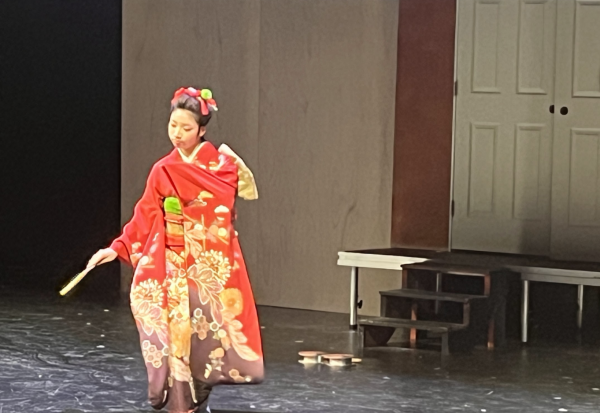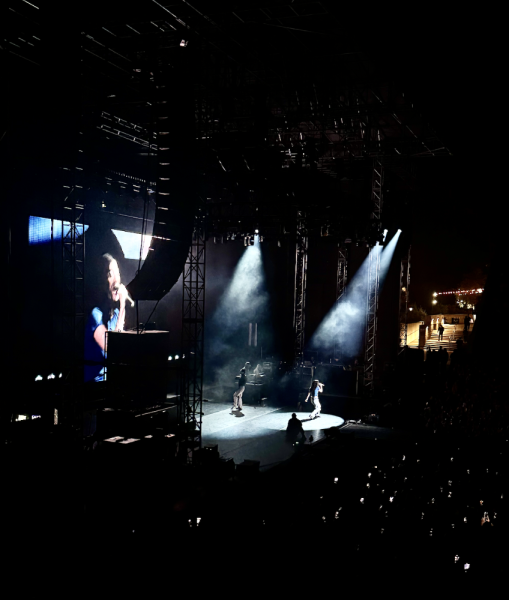Social media reinforces gender stereotypes
September 23, 2016
During a double date at Super Duper Burger in my freshman year of high school, the boy I was with asked me what I wanted. I hesitated — girls were “supposed” to order salads on dates. I settled on a chocolate milkshake. He ordered a hamburger and soda.
The others enjoyed their burgers as I sat sipping my shake.
The guy probably doesn’t remember this at all, but I haven’t forgotten it. It was my first experience with gender expectations in eating.
Gender norms follow us from shopping at Target to swiping through filter options on social media.
Snapchat recently sponsored a day-long set of geotags to recognize a Ladies vs. Dudes brunching contest. The graphics and geotags accompanying the internet-deemed holiday depicted pictures, each in support of an opposing team.
One filter depicted a yellow ribbon with “Ladies Lunchin’” in a delicate, lowercase, pink print across the top with a tiered plate of muffins, a short stack of pancakes and waffles, bowls of strawberries, bananas, a nearly hidden plate of sunnyside eggs, and glasses of bubbly champagne drawn across the bottom.
The next filter portrayed a scoreboardesque sign in large, uppercase, blue letters reading “BRUNCHIN’ BOYS.” A cartoon of mountain-high stacks of waffles and pancakes overflowing with butter squares and maple syrup lined the bottom, accompanied by hefty plates of bacon and sausage. Tall glasses of beer and lots of eggs sporadically appeared throughout the picture.
A third filter pitted the two teams against each other posing the question, “Who brunches harder?” It offered two checkboxes, “Guys” next to a mile-high pancake stack, or “Girls” next to a tiered plate of fruity muffins.
Mass media enforces gender norms in eating. The pressure from mass media for men to be muscular appears to be related to body dissatisfaction, yet men are less likely to seek help for disordered eating due to the perception that they are “women’s diseases,” according to National Eating Disorders Association.
Flipping through the filters left me conflicted about whether I wanted to filter my selfie with “Ladies Lunchin’” and decorate my pic with some muffins and strawberries or wanted the
“BRUNCHIN’ BOYS,” depicting the meal I would actually order given the choice.
Questioning the connotations of each filter, I asked myself if I wanted to appear “ladylike.” The men’s option offered protein, while the women’s offered fresh fruit, as if gender limits individuals to certain food groups.
I should be able to want the salty, thick strips of bacon reserved for the brunchin’ boy, — and still be a lady who lunches.









